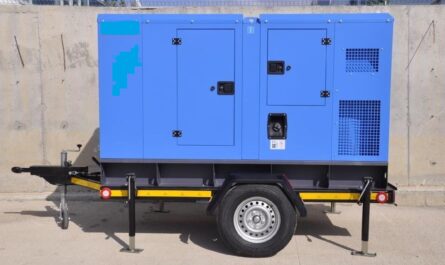Polyurethane Prepolymer: An Essential Material for Foams and Coatings
What are Polyurethane Prepolymers?
Polyurethane prepolymers, also known as isocyanate terminated prepolymers, are intermediate products used in the production of polyurethane polymers. They are formed by reacting a polyol such as polyester or polyether with a diisocyanate under controlled conditions. This reaction does not completely polymerize the mixture as the prepolymer still contains unreacted isocyanate groups that allow for further polymerization.
Chemical Structure and Properties
The chemical structure of a polyurethane prepolymer consists of a backbone linked repeatedly by urethane groups (-NH-C(O)-O-). At each terminal end is an unreacted isocyanate group (-N=C=O) that is reactive and allows for chain extension. Polyurethane prepolymers can be thermoplastic or thermoset depending on the conditions of final polymerization. They are typically low viscosity liquids that range in color from light yellow to dark amber. Their properties can be tailored by adjusting the types and ratios of starting materials.
Uses in Polyurethane Production
Polyurethane prepolymers serve as intermediates that are further reacted to produce various polyurethane materials. In flexible foam production, a polyurethane prepolymer is mixed with water and other additives to start the foaming reaction. As the water reacts with the isocyanate groups, carbon dioxide is released producing the foam structure. Rigid foam insulation and structural foam products are also made using prepolymer technology. Prepolymers are also used to synthesize polyurethane coatings, adhesives, sealants and elastomers through chain extension reactions.
Production Methods
There are two main methods for synthesizing polyurethane prepolymers in industry – the prepolymer process and the one-shot process. In the prepolymer process, the polyol and excess diisocyanate are first reacted in the prepolymerization step to produce an isocyanate terminated prepolymer of controlled molecular weight and NCO content. This prepolymer is then stored and later mixed with other components like chain extenders during foam rise or final curing. The one-shot process directly mixes and reacts all ingredients simultaneously without isolating a prepolymer intermediate. This has advantages in reducing costs but requires more precise controls. Batch and continuous processes are employed depending on production scale.
Characteristics of Raw Materials
The choice of starting materials is key to controlling the properties of polyurethane prepolymers and final products. Important characteristics include:
– Polyol Type – Polyester and polyether polyols provide different physical properties. Polyethers are more flexible while polyesters have better strength and chemical resistance.
– Polyol Molecular Weight – Higher molecular weight polyols result in higher molecular weight prepolymers with better green strength but reduced flow properties.
– Diisocyanate – Methylene diphenyl diisocyanate (MDI) and toluene diisocyanate (TDI) are commonly used. MDI gives more resistance to moisture and elevated temperatures.
– Polyol-to-Diisocyanate Ratio – An excess of diisocyanate is typically used versus polyol to achieve complete prepolymerization. Ratios can be adjusted to control physical properties.
– Catalysts – Tin and bismuth catalysts are often used to accelerate the urethane reaction and provide control over gel time for foaming.
These raw material selections allow manipulation of physical characteristics like hardness, flexibility, strength and viscosity of the prepolymers and end products. Careful reactions are necessary to consistently produce prepolymers of reproducible quality.
Applications of Polyurethane Prepolymers
As intermediates in polyurethane synthesis, prepolymers underpin a diverse array of commercial applications through further chemical modifications:
– Flexible Foam – Furniture, automotive seats, bedding, packaging, etc. Prepolymers provide the resilience, comfort and support needed.
– Rigid Foam – Thermal insulation for buildings, appliances, pipes, and panels. High R-values aid energy efficiency.
– Polyurea and Polyaspartic Coatings – Durable, abrasion resistant, and weatherable coatings for infrastructure, floors, roofs.
– Adhesives and Sealants – Strong bonds for construction, packaging, electronics, woodworking.
– Thermoplastic Elastomers (TPEs) – Mimic rubber in applications like hoses, gaskets, wires.
– Cast Elastomers – Wheels, belts, shoe soles – require flexibility and tensile strength.
From everyday items to mission critical technologies, the tailorable properties of polyurethane prepolymers and subsequent polymers have made them fundamental industrial materials worldwide. Ongoing formulations seek improved sustainability without compromising performance.
In summary, polyurethane prepolymers are reactive intermediates that serve as building blocks for a diverse array of polyurethane plastics and elastomers. By adjusting the raw materials and reaction conditions, prepolymers with controlled structures and properties can be produced to meet the varying demands of applications from insulating foams to durable coatings. Their versatility and performance continue to drive important innovations across multiple industries.




